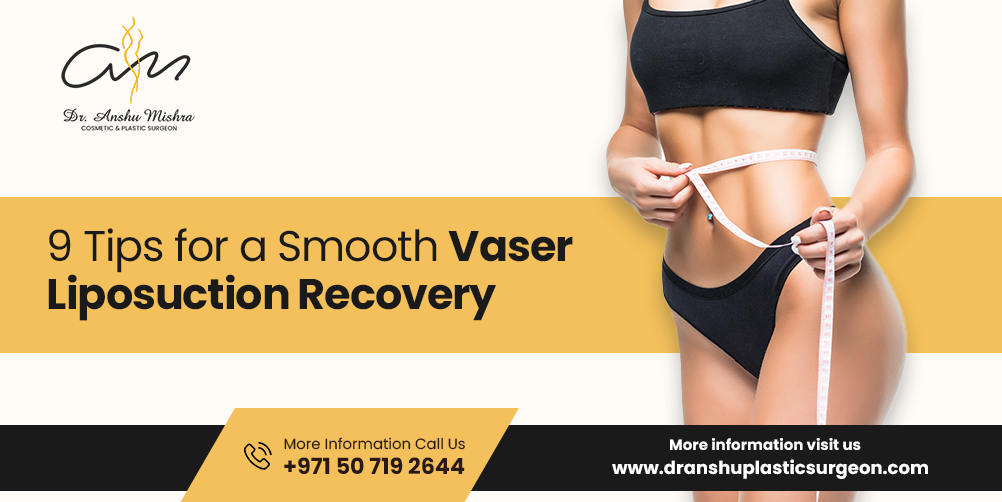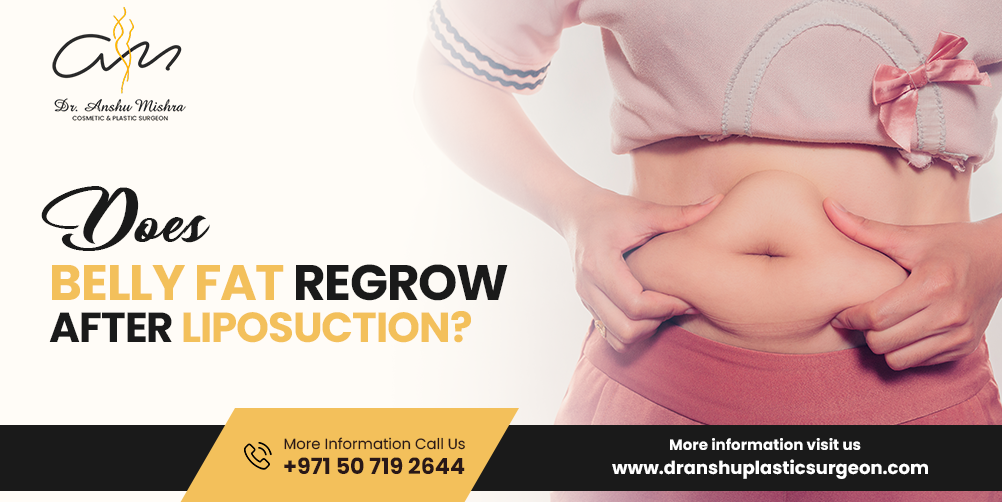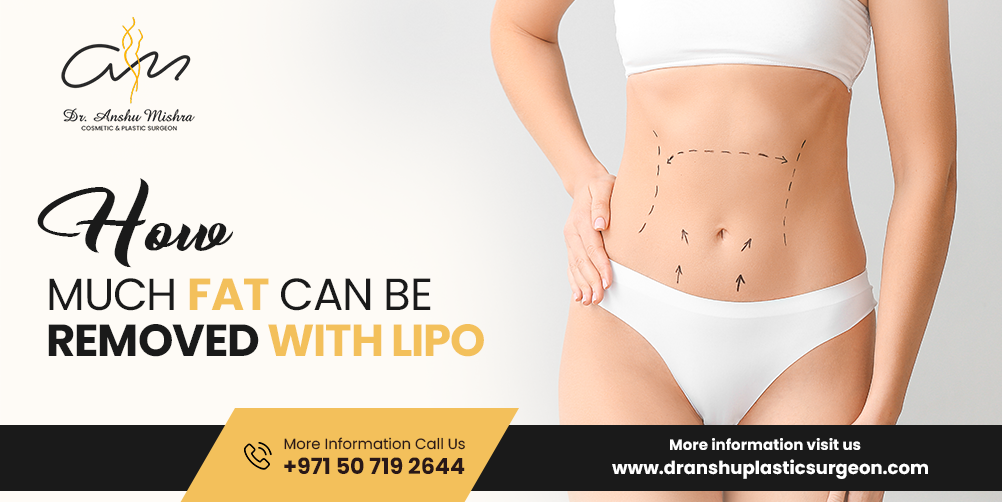Tummy tuck is a cosmetic surgery also known as abdominoplasty, usually performed to remove the excess belly fat and skin, along with tightening the abdominal muscle. The procedure is appropriate for those seeking a flat and firm tummy. Recent development in medical science presents an option to contour body by using advanced procedures.
Consulting the best plastic surgeon for tummy tuck is essential, they will guide you to the best options according to your condition or body.
Table of Contents
ToggleWhy Tummy Tuck?
There are various reasons to consider tummy tuck. Here are some common reasons why people choose tummy tuck:
-
Sagging
Everyone loves a beautiful body with toned skin. But sometimes losing a good amount of weight leaves individuals with loose and saggy skin around the midsection. Even after doing an extensive workout, they don’t see changes in loose skin and it doesn’t go back to its original shape. The tummy tuck procedure helps people to get a flat and firm tummy by removing excessive skin.
-
Pregnancy
During pregnancy, shape of the tummy changes because of the baby inside it. Women with one or more pregnancies often experience their abdominal muscles and skin stretched beyond the point where they lose their original shape. In such cases, tummy tuck is the best option to tighten these muscles and remove any extra skin, to get a youthful and firmer appearance of your tummy.
-
Ageing
Growing old is no fun, especially for body parts and skin is no exception, as we grow old our skin loses its elasticity and weakening muscles can cause stomach sagging. To address the signs of ageing tummy tuck is helpful, by opting for this procedure people can expect a smoother and tighter abdominal area.
-
Self-Confidence
Physical appearance is often linked with one’s self-esteem. Most people are unhappy with loose belly fat and hanging skin as it lowers their self-confidence. Body image is important for everyone, people struggling with loose fat can consider a tummy tuck procedure to boost their confidence and feel more comfortable and satisfied with their appearance.
Types of Tummy Tuck
There are different types of tummy tucks and what the patient needs or dealing with, decides which option to choose. These four types of tummy tucks usually people opt for:
-
Full Tummy Tuck
It is most considered tummy tuck. This procedure involves removing excess fat and loose skin from the abdominal area along with muscle tightening .Doctors usually reposition the belly button to a natural location once the excess skin is removed.
-
Mini Tummy Tuck
This procedure is less invasive and typically covers the issue of the lower abdomen area. Surgery removes excess fat and skin around the lower abdomen with smaller incision, muscle tightening below the belly button is also included in this procedure. There is no need for belly button repositioning in a mini tummy tuck.
-
Extended Tummy Tuck
Patients with extensive correction needs are recommended for an extended tummy tuck. This surgery goes beyond the typical abdominal area and also removes the loose skin in the flanks or “love handles. This procedure is invasive with a longer incision and ideal for people who have excess skin and fat that extends beyond the tummy.
-
Circumferential Tummy Tuck
A body lift or circumferential tummy tuck procedure is good for those with excessive weight loss, because of that they have excess skin all around their body, not limited to the tummy. This extensive procedure requires a 360-degree incision around the waist to remove excess skin and fat from the abdomen, back, and sides.
-
Endoscopic Tummy Tuck
This minimally invasive surgery uses a small incision and a camera to tighten the abdominal muscles. Though it is not ideal for everyone, it offers a quicker recovery with less scarring.
-
Fleur-de-Lis Tummy Tuck
This specialised procedure involves both horizontal and vertical incisions creating a shape reminiscent of a fleur-de-lis, ideal for patients with a significant amount of excess skin, because of massive weight loss.
Which one to Choose?
Deciding whether you need a tummy tuck depends on one’s choice or requirement. Each type of tummy tuck surgery has its own benefits. Consulting with an experienced surgeon will help in choosing the most suitable procedure tailored to your needs. Here are some factors that can help when deciding which procedure is right for you:
-
Health Condition
Your health should be in good condition before undergoing a tummy tuck. Assess all the parameters like stable weight as weight fluctuations can affect the result after surgery. Which type of tummy tuck is required for your abdomen, the surgeon will help you find the right procedure.
-
Your Objective
A tummy tuck procedure is used to improve the health and appearance of your abdomen area, but it’s not a substitute for weight loss or a healthy lifestyle. If your goal is weight loss try other activities like workouts, diet and healthy lifestyle before considering a tummy tuck.
-
Expectations
We all expect perfect results after a procedure, but having realistic expectations is important to be satisfied with the results of your tummy tuck. Though the procedure promises to create a flatter and firmer tummy, you won’t get a “perfect” body. It’s important to understand what you can and cannot achieve with a tummy tuck procedure.
-
Cost
Considering budget is important, tummy tuck can be expensive, and they are usually not covered by insurance since they are considered cosmetic procedures. The cost range of the procedure varies depending upon the type of surgery, surgeon, location and clinic, initial consultation and medication would be an additional cost. Discuss your budget with the surgeon during consultation. It’s important to consider the cost and whether it fits into your budget.
The Procedure
Like every surgery patient will go under general anaesthesia and doctors will perform surgery on the abdomen area. Here is a step-by-step process of the tummy tuck procedure:
- Anaesthesia: The purpose of anaesthesia is to ensure that patients do not feel any pain or discomfort during the procedure. General anaesthesia puts the patient to sleep.
- Incision: The surgeon makes an incision across the lower abdomen, usually just above the pubic area. The length and shape of the incision depend on the type of tummy tuck being performed.
- Skin and Fat Removal: During the procedure surgeons remove excess skin and fat from the abdominal area, which is the purpose of tummy tuck. If required, the loose muscles are also tightened.
- Repositioning the Belly Button: The surgeon ensures the tummy looks natural by repositioning the belly button once excessive skin is removed from the abdomen area.
- Closing the Incision: Once the necessary adjustments have been made, the surgeon closes the incision with sutures. In some cases, a drain may be placed under the skin to remove any excess fluid that builds up after surgery.
- Recovery: After the procedure, the patient will be shifted to the recovery room. Where they will be monitored for a few hours before being allowed to go to their room .
Recovery and Aftercare
Recovery time could take up to several weeks, it’s important to follow the doctor’s instructions with proper care and rest. For speedy recovery. Here are some key points about the recovery process:
- Pain and Discomfort: Since it’s a surgical procedure experiencing pain and discomfort is natural after a tummy tuck. You will be given pain medication to feel comfortable during pain. Swelling and bruising may also last for several weeks after recovery.
- Rest: Avoid strenuous activities for the first few weeks after surgery and take proper rest. Doctors may advise you to not lift heavy objects, including kids. Slight walking will be helpful and encouraged to improve blood circulation and reduce the risk of clots. Maintain a healthy diet for fast recovery.
- Compression Garment: Patients are often required to wear a compression garment around their abdomen during the recovery period. This helps reduce swelling and supports the healing process.
- Follow-Up Appointments: Regular follow-up appointments with the surgeon are necessary to monitor the healing process and address any concerns. The surgeon will check the incision site, remove any stitches or drains, and give further instructions on how to care for the area.
- Scarring: Scarring is a common part of the recovery process after a tummy tuck. The incision line will usually fade over time, but it may take up to a year or more for the scar to fully mature. The scar is typically located in a place that can be easily hidden by underwear or bathing suits.
Conclusion
Tummy tuck can be a valuable option for those looking to improve the appearance of their abdominal area, particularly after significant weight loss, pregnancy, or ageing. It is a surgical procedure that requires careful consideration, including understanding the risks, the recovery process, and having realistic expectations about the results.
If you are considering a tummy tuck, it’s important to consult with Dr Anshu Mishra, a qualified and experienced plastic surgeon who can provide personalised advice and guidance. A surgeon’s experience and expertise contribute to an outstanding outcome for any aesthetic operation.
Dr. Anshu Mishra has successfully treated patients from various walks of life throughout her 11 years of practice. Dr. Anshu Mishra is a member of numerous Indian and international aesthetic plastic surgeon groups whose primary goal is to improve cosmetic surgery outcomes via research and education.















